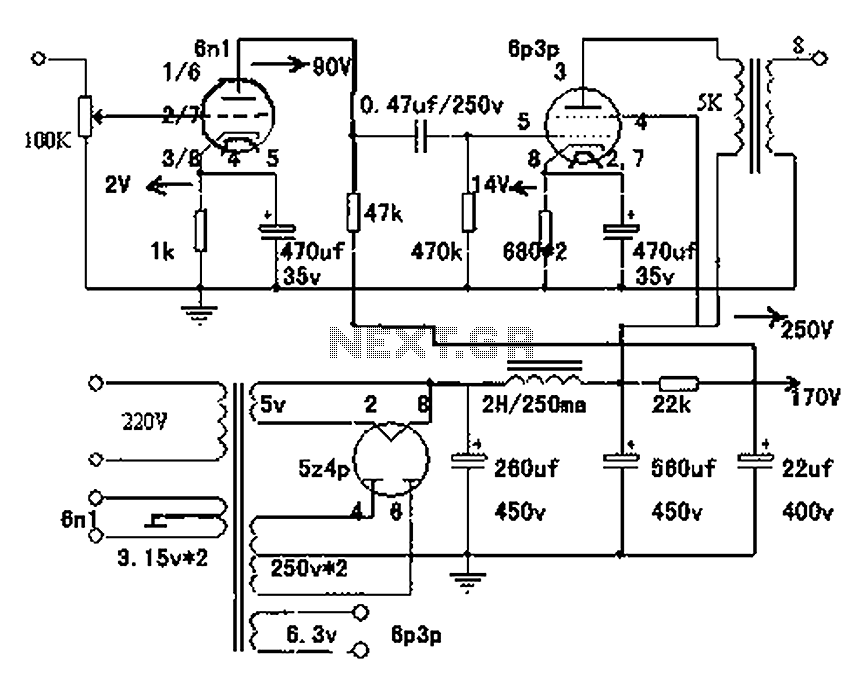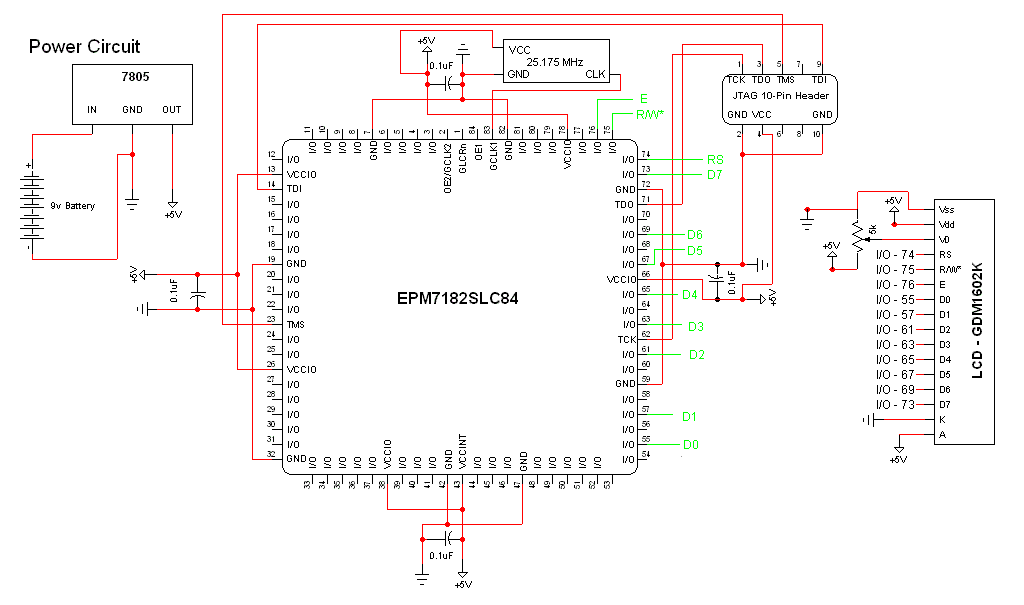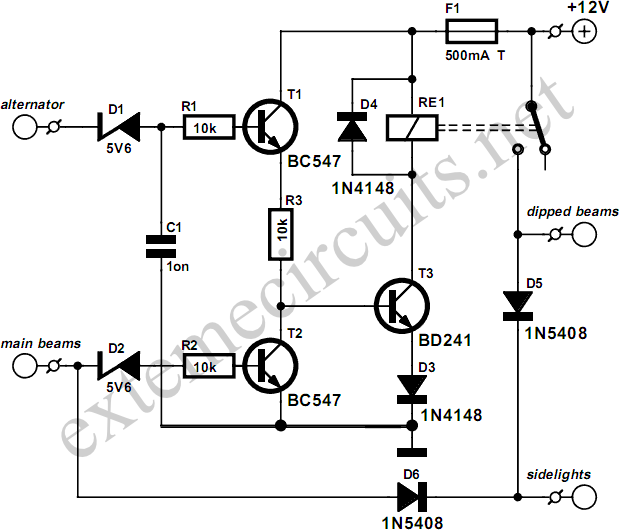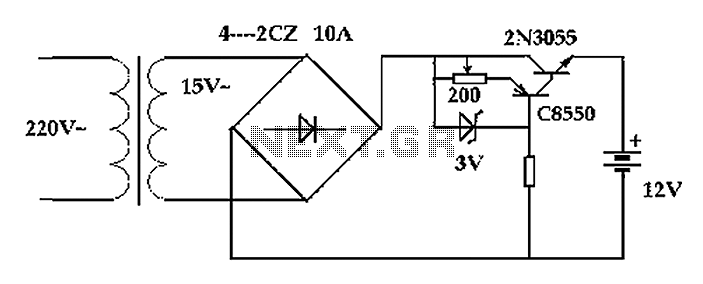
Midnight Security Light Circuit Schematic

Most thefts occur after midnight when individuals enter the second phase of sleep known as 'paradoxical sleep.' Here is an energy-saving circuit that causes...
An energy-saving circuit designed for security applications can be particularly beneficial during the late-night hours when individuals are less aware of their surroundings. This circuit could integrate a motion sensor that detects movement within a specified range, activating an alarm or alert system only when necessary. The circuit can be powered by a low-energy microcontroller that remains in a low-power sleep mode until the motion sensor is triggered.
The key components of this circuit may include a passive infrared (PIR) sensor for motion detection, a microcontroller such as an Arduino or a similar low-power unit, a relay or transistor switch to control the alarm system, and a power supply unit that could utilize batteries or a low-voltage AC adapter.
When the PIR sensor detects motion, it sends a signal to the microcontroller, which then wakes from its low-power state. The microcontroller can be programmed to activate the alarm system or send notifications to a smartphone or monitoring system. To ensure energy efficiency, the microcontroller can return to sleep mode shortly after the motion is no longer detected.
In addition, the circuit can be designed with a delay feature, allowing it to ignore brief movements, such as those caused by pets, thereby reducing false alarms. The use of energy-efficient components and careful circuit design will ensure that the system remains operational while consuming minimal power, making it suitable for long-term use in residential or commercial security applications.Most thefts happen after midnight hours when people enter the second phase of sleep called ‘paradoxical sleep. Here is an energy-saving circuit that caus.. 🔗 External reference
An energy-saving circuit designed for security applications can be particularly beneficial during the late-night hours when individuals are less aware of their surroundings. This circuit could integrate a motion sensor that detects movement within a specified range, activating an alarm or alert system only when necessary. The circuit can be powered by a low-energy microcontroller that remains in a low-power sleep mode until the motion sensor is triggered.
The key components of this circuit may include a passive infrared (PIR) sensor for motion detection, a microcontroller such as an Arduino or a similar low-power unit, a relay or transistor switch to control the alarm system, and a power supply unit that could utilize batteries or a low-voltage AC adapter.
When the PIR sensor detects motion, it sends a signal to the microcontroller, which then wakes from its low-power state. The microcontroller can be programmed to activate the alarm system or send notifications to a smartphone or monitoring system. To ensure energy efficiency, the microcontroller can return to sleep mode shortly after the motion is no longer detected.
In addition, the circuit can be designed with a delay feature, allowing it to ignore brief movements, such as those caused by pets, thereby reducing false alarms. The use of energy-efficient components and careful circuit design will ensure that the system remains operational while consuming minimal power, making it suitable for long-term use in residential or commercial security applications.Most thefts happen after midnight hours when people enter the second phase of sleep called ‘paradoxical sleep. Here is an energy-saving circuit that caus.. 🔗 External reference





